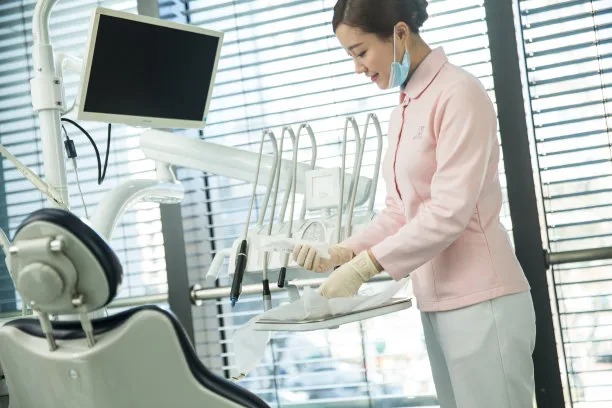The Essential Guide to Safely Extracting a Tooth at Home or with Professional Help
Summary: This article serves as a comprehensive guide for individuals considering tooth extraction, whether opting for a home procedure or seeking professional assistance. It highlights the importance of understanding the risks involved, proper preparation, effective techniques for extraction, and post-extraction care. The goal is to provide readers with essential information to make informed decisions about their dental health and to empower them to approach tooth extraction safely, ensuring a smoother recovery regardless of the chosen method.
1. Understanding the Risks of Tooth Extraction

Before deciding to extract a tooth, it is crucial to comprehend the potential risks involved in the process. Tooth extraction can lead to complications such as infection, prolonged pain, or excessive bleeding. These risks emphasize the importance of assessing the condition of the tooth and one’s overall health beforehand.
Individuals with underlying health issues or those taking specific medications may face enhanced risks during tooth extraction. Consulting a medical professional prior to attempting any extraction is advisable. Furthermore, understanding dental anatomy can help identify which teeth may require professional evaluation and which might be safely managed at home.
In summary, recognizing the risks associated with tooth extraction is the first step in ensuring a safe procedure, whether performed at home or by a dentist. Being informed can significantly reduce the chance of complications and assist in making the right choice for dental health.
2. Preparing for Safe Tooth Extraction
Preparation is key to a successful tooth extraction, particularly in a home setting. First, gathering necessary tools such as sterile gloves, gauze, and appropriate dental forceps can facilitate a smoother process. It is essential to create a clean and controlled environment to minimize the risk of infection.
Additionally, ensuring adequate pain management is crucial. Over-the-counter pain relievers can be effective, but individuals should consult with a healthcare professional for recommendations tailored to their specific needs. It is also wise to have a reliable support system in place, as having someone nearby can help should complications arise.
Finally, proper education about the extraction technique is paramount. Researching reliable resources or guidelines will provide insight into the best practices for safely extracting a tooth at home, thus ensuring a level of confidence in the task at hand.
3. Performing the Tooth Extraction Procedure
When ready to perform the extraction, it is vital to follow the correct procedure to minimize discomfort and complications. First, ensure that the area around the tooth is numb, using ice packs can help reduce swelling and pain before beginning. Gentle rocking of the tooth back and forth can help loosen it from the socket.
Using proper forceps designed for tooth extraction is essential. One should carefully grasp the tooth and apply gentle pressure to wiggle it free from the gums. It is important to remain calm and patient, as rushing can lead to unnecessary complications.
Once the tooth is successfully removed, the focus should shift to immediate post-extraction care. Applying gauze to the extraction site can help control bleeding, and staying still for a period can aid in the healing process. If at any point severe pain or excessive bleeding occurs, seeking professional help is crucial.
4. Post-Extraction Care and Recovery
Once the extraction is complete, post-extraction care plays a significant role in recovery. Resting is essential in the initial hours after the procedure. Patients should avoid strenuous activities and allow their body to heal without undue stress. Managing pain with recommended medications will further improve comfort during recovery.
Maintaining proper oral hygiene is also critical yet must be approached cautiously. Avoiding direct brushing near the extraction site for a few days can prevent irritation. Instead, one can gently rinse with salt water to keep the area clean and promote healing.
Additionally, recognizing signs of complications, such as severe swelling or fever, should prompt immediate consultation with a healthcare professional. Monitoring the recovery process ensures that any issues can be addressed promptly, leading to a smoother healing journey.
Summary:
Tooth extraction, whether at home or by a professional, requires careful consideration of risks and thorough preparation. Understanding the processes involved can empower individuals to make informed choices regarding their oral health, ensuring that they are well-equipped to handle the task.
Knowledge is essential for safe and effective tooth extraction. This article serves as a valuable resource for those considering this procedure, emphasizing that safety and care are of utmost importance.
This article is compiled by Vickong Dental and the content is for reference only.


